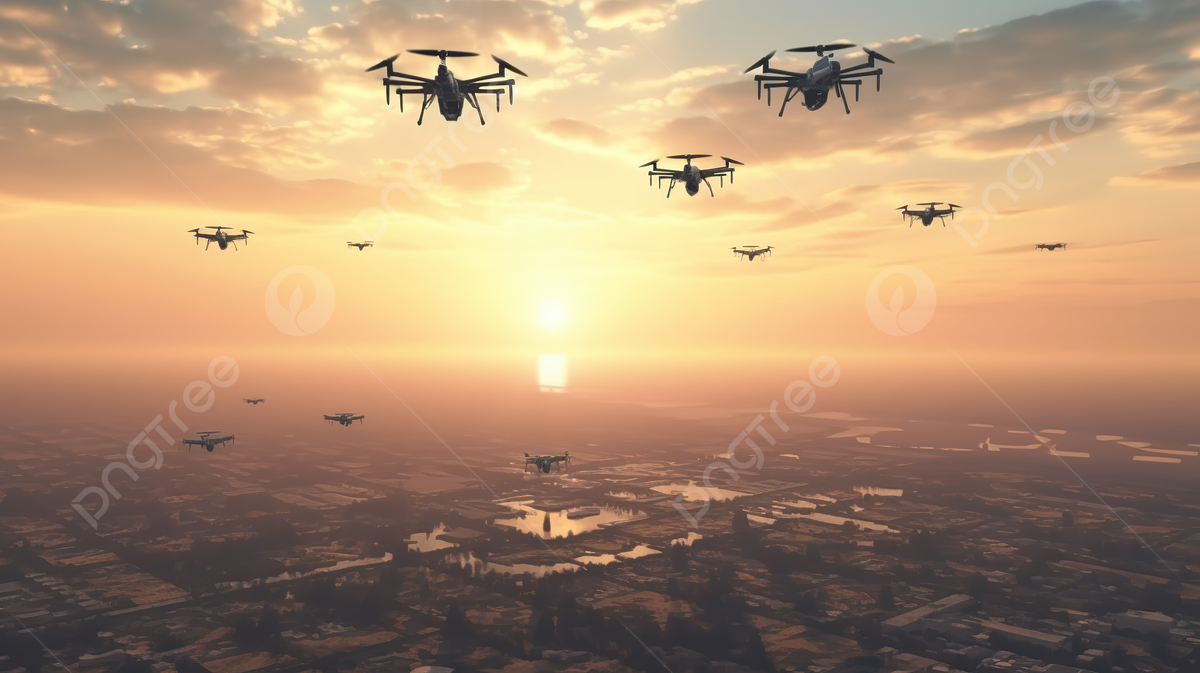Sky elements drones are revolutionizing how we observe and understand atmospheric conditions. By leveraging advanced sensor technology, these unmanned aerial vehicles (UAVs) capture high-resolution imagery and data on clouds, atmospheric pressure, and other crucial elements. This allows for unprecedented detail in meteorological studies, environmental monitoring, and even aviation safety improvements. This exploration delves into the technology, applications, and ethical considerations surrounding this exciting field.
We’ll cover how drones are used to identify and analyze various sky elements, from different cloud types to atmospheric phenomena. We’ll explore the data processing techniques used to extract meaningful insights and discuss the potential applications in fields like weather forecasting, air quality monitoring, and aviation safety. We will also address the ethical and legal implications of using drones for this purpose.
Sky Element Identification in Drone Footage: Sky Elements Drones
Drone footage offers a unique perspective on atmospheric conditions, providing valuable data for various applications. Analyzing the sky in drone videos requires understanding the visual elements present and how they change under different lighting and weather conditions. This involves identifying cloud types, assessing atmospheric clarity, and recognizing the impact of these elements on image quality and drone navigation.
Visual Elements in Drone Sky Footage
Drone footage typically captures a variety of visual elements related to the sky, including different cloud types (cumulus, stratus, cirrus, etc.), atmospheric haze, fog, precipitation (rain, snow), and variations in light intensity and color due to sunrise, sunset, or atmospheric scattering. These elements appear differently depending on the time of day, altitude, and weather patterns. For instance, cumulus clouds appear fluffy and white under bright sunlight, but may appear darker and less defined in low-light conditions.
Sky elements drones are becoming increasingly popular for their stunning visual effects. If you’re looking for inspiration, check out the amazing aerial displays at the florida drone show , showcasing the latest in drone technology and choreography. Seeing these shows really highlights the potential of sky elements drones for creating breathtaking light shows and artistic performances.
Lighting Conditions and Sky Element Appearance
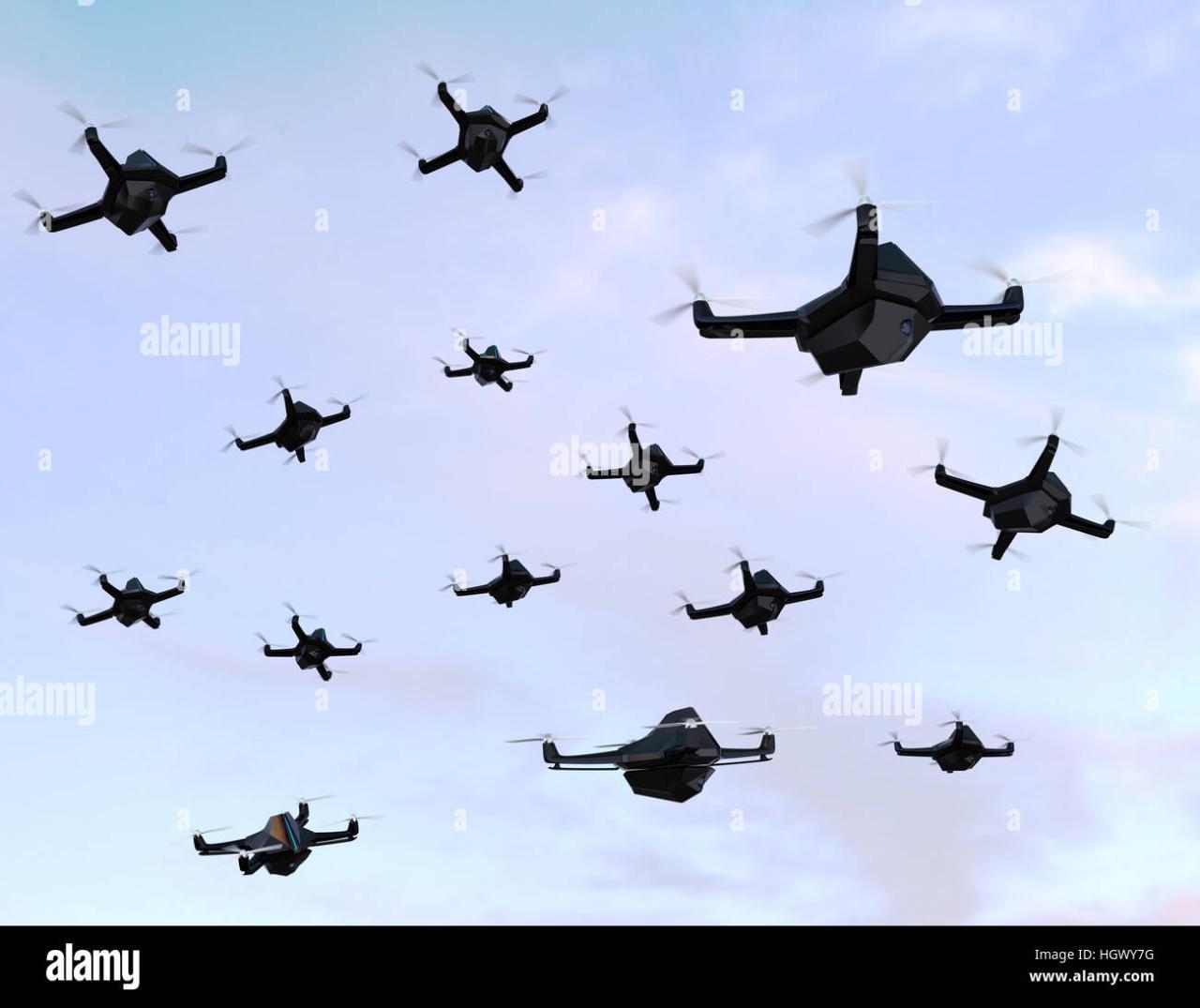
Lighting conditions significantly influence the appearance of sky elements in drone footage. Direct sunlight enhances the visibility and detail of clouds, while low-light conditions can make them appear muted or indistinct. Backlighting can create halos around clouds, while side lighting can reveal their three-dimensional structure. Atmospheric scattering, influenced by particles in the air, can affect the color and clarity of the sky, making it appear hazy or even reddish during sunrise and sunset.
Sky Element Influence on Drone Navigation and Image Processing, Sky elements drones
Variations in sky elements can directly impact drone navigation and image processing. For example, heavy cloud cover can interfere with GPS signals, potentially leading to navigation errors. Similarly, haze or fog can reduce image clarity and make object detection more challenging. Bright sunlight can cause overexposure in images, while low light can result in noisy or underexposed images.
Accurate image processing requires accounting for these variations to ensure accurate data extraction.
Cloud Type Comparison Table
| Cloud Type | Appearance | Altitude | Weather Implications |
|---|---|---|---|
| Cumulus | Puffy, white, well-defined | Low | Fair weather |
| Stratus | Layered, gray, uniform | Low | Overcast, drizzle |
| Cirrus | Wispy, feathery, white | High | Fair weather, but can indicate approaching weather changes |
| Cumulonimbus | Large, dark, towering | All levels | Thunderstorms, heavy rain, hail |
Drone Technology and Sky Element Monitoring
Drones equipped with various sensors are increasingly used for sky element monitoring. The capabilities of these systems are constantly improving, although limitations remain.
Drone Sensors and Technologies
Drones utilized for sky element monitoring typically employ high-resolution cameras, multispectral or hyperspectral sensors, and LiDAR. High-resolution cameras capture detailed images of clouds and atmospheric conditions. Multispectral and hyperspectral sensors gather data across multiple wavelengths, allowing for the identification of different atmospheric components and the detection of pollutants. LiDAR provides three-dimensional information about atmospheric structures.
Limitations of Current Drone Technology
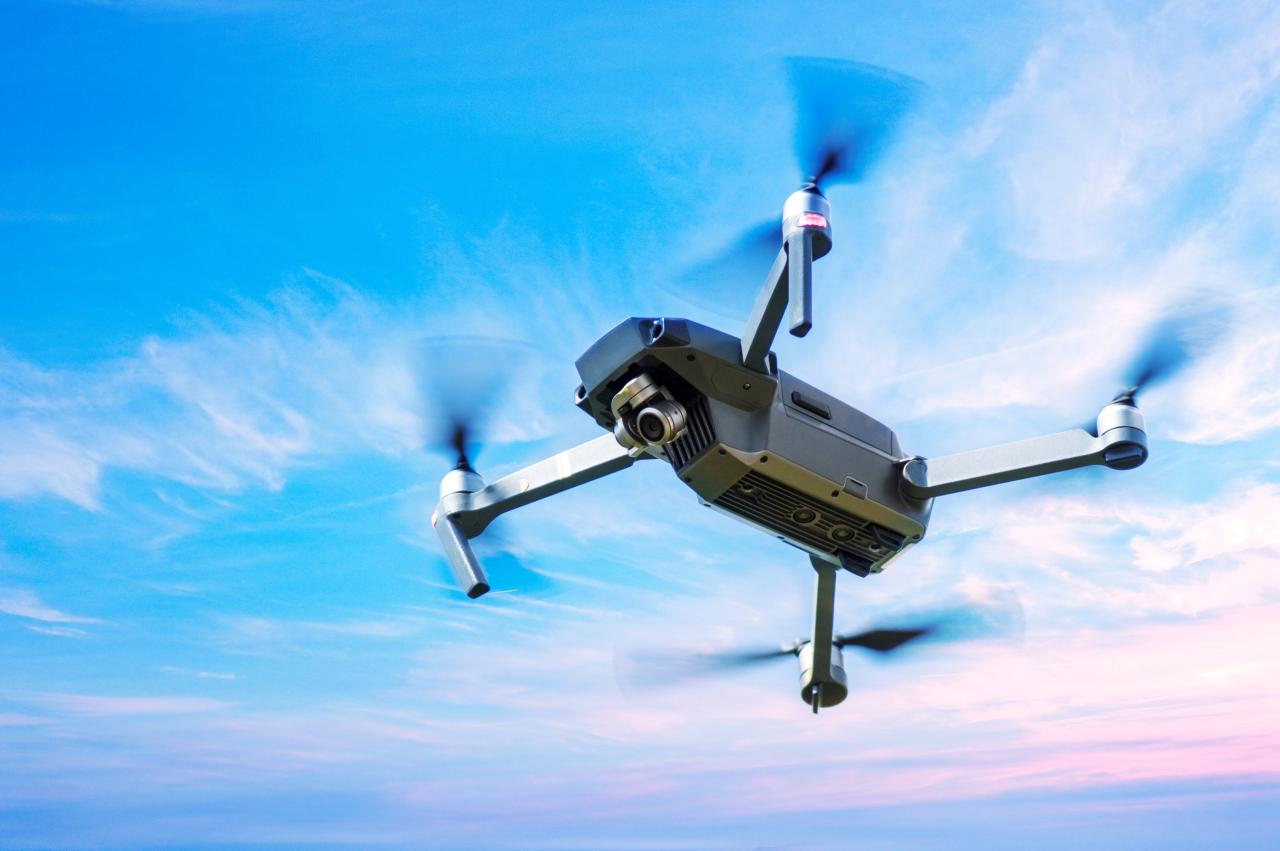
Current drone technology faces limitations in accurately representing sky conditions, particularly in challenging weather scenarios. Factors such as strong winds, heavy precipitation, and low visibility can affect drone operation and data acquisition. The spatial and temporal resolution of drone-based measurements might also be insufficient for capturing rapid changes in atmospheric phenomena. Calibration and accuracy of sensors can also present challenges.
Applications in Meteorology and Environmental Science
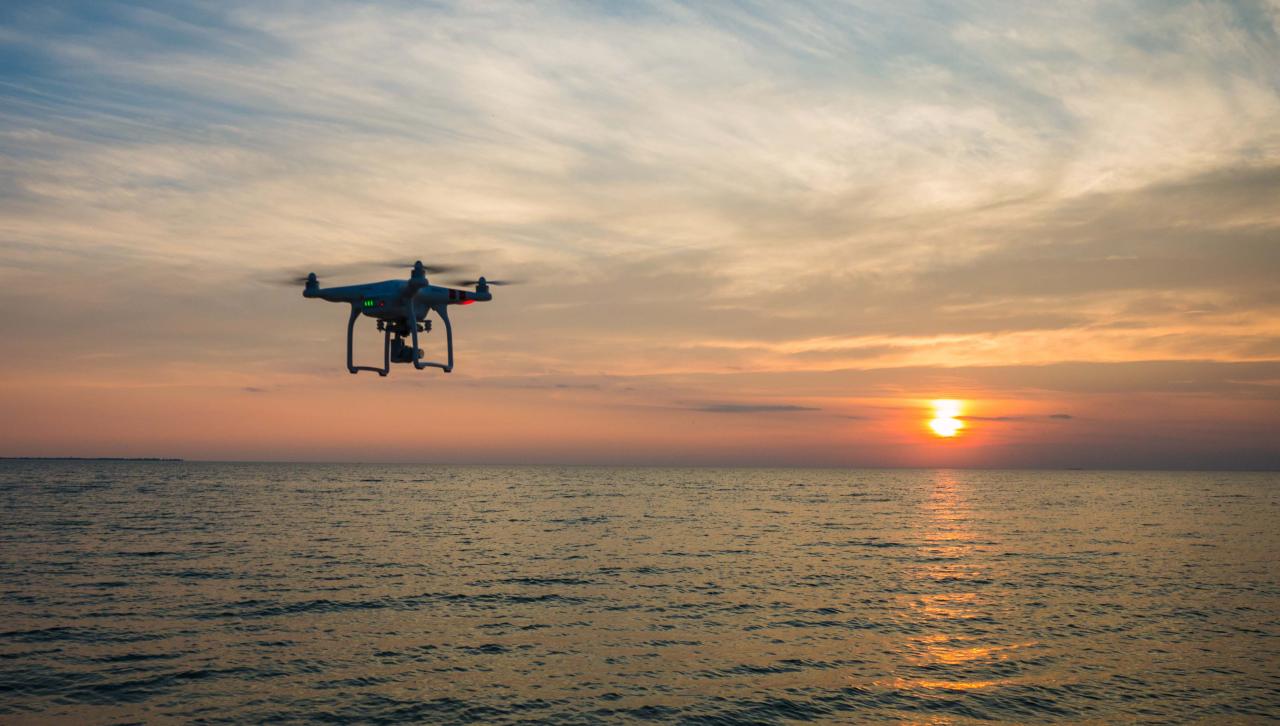
Drone-based sky element monitoring offers significant potential for advancements in meteorology and environmental science. Drones can provide high-resolution data on cloud formation, precipitation patterns, atmospheric stability, and pollutant dispersion. This data can enhance weather forecasting accuracy, improve our understanding of climate change, and facilitate more effective environmental management strategies. For example, drones can monitor volcanic ash clouds to assess aviation risks, or track the spread of wildfires.
Hypothetical Drone System for Atmospheric Imaging
A hypothetical drone system optimized for high-resolution imaging of atmospheric phenomena would incorporate a suite of advanced sensors, including high-resolution RGB and multispectral cameras, a LiDAR system, and atmospheric sensors (temperature, humidity, pressure). The drone would be equipped with robust flight control systems to ensure stable operation in challenging weather conditions. Data processing and transmission capabilities would be integrated to enable real-time analysis and dissemination of information.
The system would ideally be autonomous or semi-autonomous to maximize efficiency and coverage.
Data Analysis of Sky Elements from Drone Footage
Processing and analyzing drone data requires specialized techniques to extract meaningful information about sky elements.
Thinking about getting into drone technology? Sky elements drones are a great place to start your exploration. Check out their impressive range of drones and services at sky elements drones to see what they offer. You’ll find various models suitable for different needs and skill levels, making it easy to find the perfect drone for your aerial adventures.
Sky elements drones – a great resource for budding drone pilots!
Methods for Processing and Analyzing Drone Data
Raw drone data undergoes several processing steps, including image rectification, atmospheric correction, and cloud identification. Image rectification corrects for geometric distortions, while atmospheric correction accounts for scattering and absorption effects. Cloud identification often involves image segmentation and classification algorithms, leveraging machine learning techniques.
Algorithms for Cloud Type Identification
Various algorithms can identify and classify cloud types in drone imagery. These include thresholding techniques, which classify pixels based on their intensity or color, and machine learning approaches, such as convolutional neural networks (CNNs), which learn to identify cloud types from labeled datasets. The choice of algorithm depends on factors such as data quality, computational resources, and desired accuracy.
Sources of Error and Uncertainty
Potential sources of error and uncertainty in drone-based sky element data include sensor limitations, atmospheric effects, and image processing artifacts. Sensor noise, calibration errors, and limitations in spatial and temporal resolution can all contribute to uncertainties. Atmospheric effects such as scattering and absorption can affect the accuracy of measurements. Image processing algorithms may also introduce errors or biases.
Workflow for Processing Drone Footage
- Data Acquisition: Capture drone footage with appropriate sensor settings.
- Data Preprocessing: Correct for geometric distortions and sensor calibration.
- Atmospheric Correction: Account for scattering and absorption effects.
- Cloud Identification: Apply image segmentation and classification algorithms.
- Data Analysis: Extract relevant information on cloud type, coverage, and other atmospheric parameters.
- Data Visualization: Create maps and charts to visualize the results.
Applications of Drone-Captured Sky Data
Drone-acquired sky data has a wide range of applications across various fields.
Drone Data in Weather Forecasting
Drone data can enhance weather forecasting accuracy by providing high-resolution information on cloud properties, precipitation patterns, and atmospheric stability. This data can be integrated into numerical weather prediction models to improve forecasts at local and regional scales. For instance, real-time drone observations of developing thunderstorms can improve short-term severe weather warnings.
Drone Data in Air Quality Monitoring
Drone-based sky element monitoring plays a crucial role in air quality monitoring and pollution studies. Drones equipped with sensors can measure pollutant concentrations at different altitudes, providing valuable insights into pollution sources, dispersion patterns, and the impact of meteorological conditions on air quality. This data can inform pollution control strategies and public health advisories. For example, drones can track the movement of industrial emissions.
Drone Data in Aviation Safety
Drone-captured sky data improves aviation safety by providing real-time information on weather conditions relevant to flight operations. This includes visibility, cloud cover, wind speed, and turbulence. This data can be used to optimize flight paths, avoid hazardous weather, and enhance the safety of air traffic management systems. For example, drones can monitor low-level wind shear near airports.
Impact of Sky Elements on Solar Panel Efficiency
Imagine a graph showing solar panel efficiency (y-axis) against various sky conditions (x-axis). Clear skies would show peak efficiency. Partial cloud cover would show a decrease, with the degree of decrease correlating with cloud density. Heavy cloud cover or fog would result in minimal efficiency. Similarly, haze or dust would reduce efficiency due to reduced light transmission.
Ethical and Legal Considerations
Responsible use of drones for sky element monitoring necessitates careful consideration of ethical and legal aspects.
Privacy Concerns
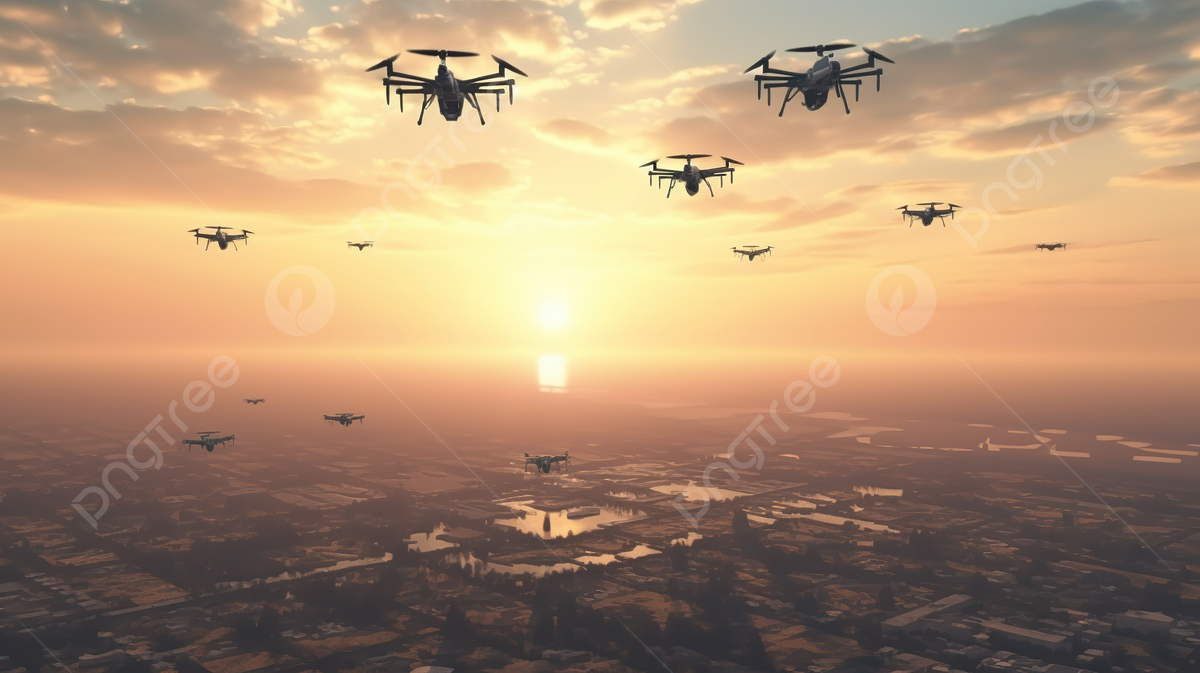
The use of drones for sky element monitoring raises potential privacy concerns, particularly if the drones are equipped with cameras capable of capturing ground-level details. It’s crucial to ensure that drone operations comply with privacy regulations and avoid unauthorized surveillance. Data anonymization and responsible data handling practices are essential.
Legal Regulations and Airspace Restrictions
Drone operations are subject to various legal regulations and airspace restrictions. These regulations vary by country and region, and it’s crucial to obtain necessary permits and approvals before conducting drone flights. Operators must also adhere to safety guidelines to avoid collisions and other hazards.
Responsible Use and Environmental Impact
Responsible use of drone technology in sky element monitoring involves minimizing the environmental impact of drone operations. This includes selecting environmentally friendly drones, employing sustainable flight practices, and avoiding disturbance to wildlife or sensitive ecosystems. Proper disposal of drone components is also important.
Best Practices for Ethical Drone Operation
- Obtain necessary permits and approvals before conducting drone flights.
- Adhere to all relevant safety regulations and guidelines.
- Respect privacy rights and avoid unauthorized surveillance.
- Minimize the environmental impact of drone operations.
- Maintain data security and integrity.
- Use transparent and ethical data handling practices.
Last Word
The use of drones to study sky elements represents a significant advancement in our ability to monitor and understand atmospheric conditions. From improving weather forecasting accuracy to enhancing aviation safety and furthering environmental research, the potential applications are vast. However, responsible use, mindful of ethical and legal considerations, is paramount to ensuring the beneficial and sustainable application of this powerful technology.
The future of sky element monitoring is clearly in the air – literally.
Thinking about getting into drone technology? Sky elements drones offer a great starting point, providing high-quality equipment for various applications. Check out their impressive range of drones and accessories at sky elements drones to see what fits your needs. Whether you’re a hobbyist or professional, understanding the features of different sky elements drones is key to making a smart purchase.
Top FAQs
How accurate is drone-based sky element data?
Accuracy depends on factors like sensor quality, atmospheric conditions, and data processing techniques. While not perfect, it offers significantly improved resolution and detail compared to traditional methods.
What are the main limitations of using drones for sky element monitoring?
Limitations include flight time, weather restrictions (strong winds, rain), airspace regulations, and the cost of equipment and operation.
What type of training is needed to operate drones for this purpose?
Specific training varies by location and regulations, but generally includes safety protocols, flight operation, data acquisition, and potentially specialized software knowledge.
Are there any safety concerns associated with operating drones near airports or other sensitive areas?
Yes, strict adherence to airspace regulations and communication with air traffic control is crucial. Unauthorized operation near airports or restricted areas is illegal and dangerous.
